AWS Solution Architect Certification Training
- 184k Enrolled Learners
- Weekend/Weekday
- Live Class
Irrespective of the business, organizations always experience competition. Hence, staying updated with the market needs becomes a must, and ‘time’ becomes an integral constituent. What if there was a way businesses could focus on their business goals and outsource their maintenance and monitoring tasks somewhere else? Would that help save time & meet the market needs with more efficiency? Migrating to the cloud lets you do the same. This AWS Migration article will walk you through all the necessary pointers that you need to consider before you plan to migrate to the Cloud.
For starters, let me define Migration for you:

Business is no easy task when it comes to handling situations like security, scaling up or down, etc. Let’s look at a few scenarios where AWS Migration could be a better resort.
If you Migrate to Cloud then the problems mentioned above will get handled automatically. Let’s move further and understand what Migration is.
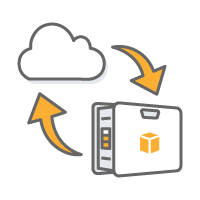
Migrating your project means moving your data from the on-premise data center to the cloud. FYI, we are not referring to clouds in the sky. In this case, cloud is the virtualization used over a data center to make the functionalities more flexible. Many companies, like GoDaddy, Expedia, etc., have recently moved their business to the cloud.
Having defined Migration, let me tell you where, how, and who will help you migrate your data. The implementation is provided by Amazon Web Services (AWS). So, let’s find out what AWS is.
Learn all about the Amazon Web Services with the AWS Training.
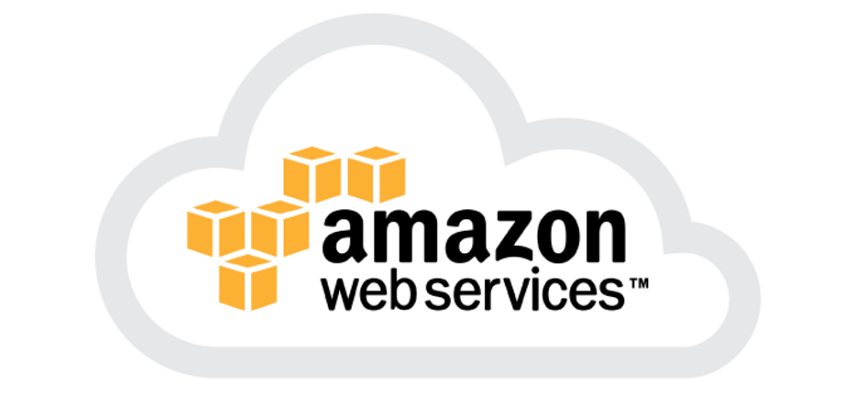 Amazon Web Services (AWS) is a subsidiary of Amazon.com that provides on-demand cloud services. AWS debuted in 2006 with a few services. Then, in 2012, it launched the AWS Marketplace, which accommodated a wide range of AWS services.
Amazon Web Services (AWS) is a subsidiary of Amazon.com that provides on-demand cloud services. AWS debuted in 2006 with a few services. Then, in 2012, it launched the AWS Marketplace, which accommodated a wide range of AWS services.
Again, Migration is a big task, and AWS facilitates Migration in phases. So, let me walk you through the different stages of Data Migration.
Join the Future of Cloud Computing with AWS SysOps Course Excellence!
Data Migration seems an easy process because, in layman’s terms, it means moving your data from one location to the other. However, it is more complex as the process involves different phases. Let me now talk about the various stages of Migration:
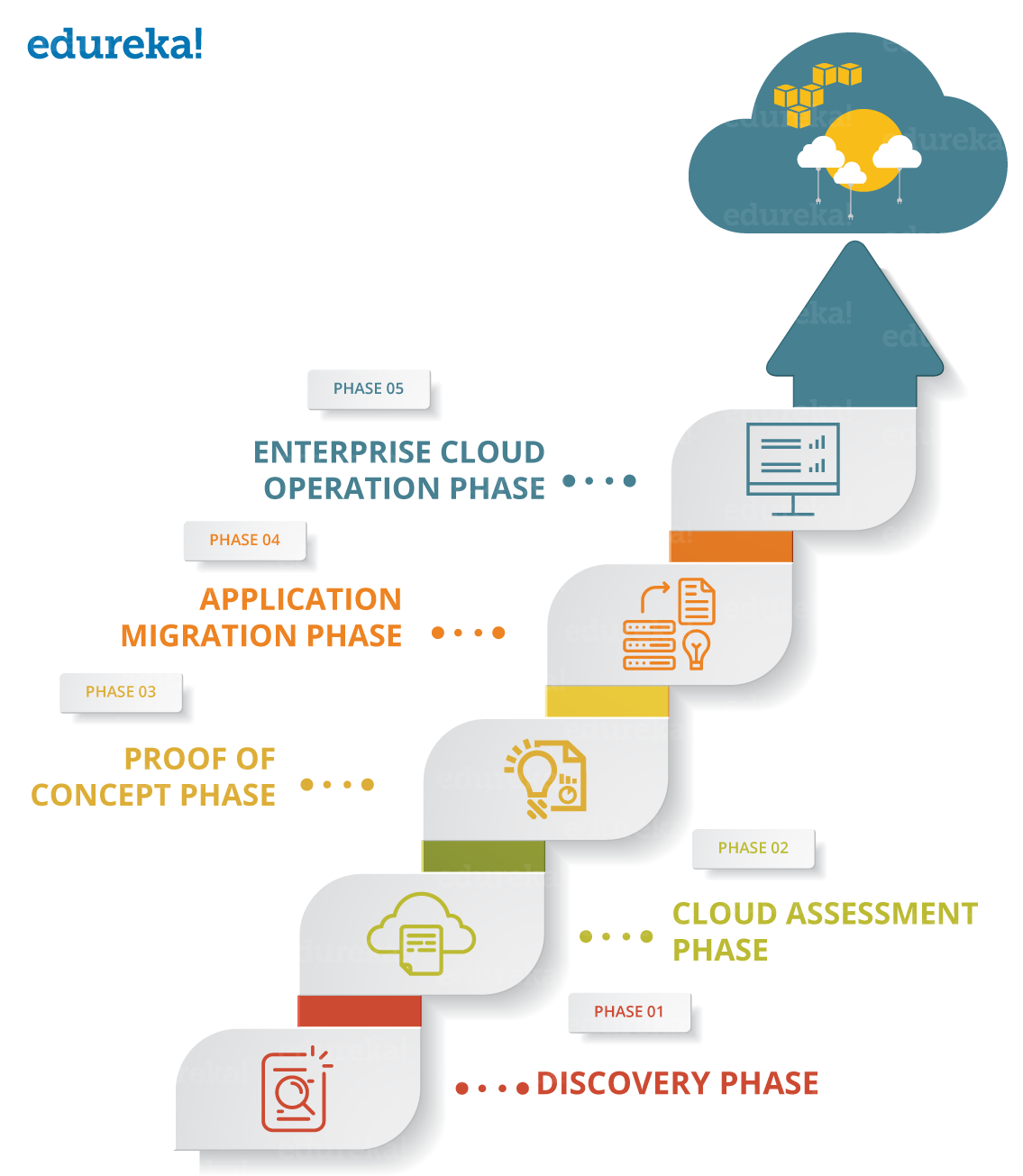

There are times when you need not move your entire business to the cloud. This is where segregation is important. You need to identify the applications that can be Migrated and which cannot. This is what the first phase is all about. Now, let’s go to Phase 2, i.e., choosing the method for AWS Migration.
 Phase 2: Assessment – Choosing Your Migration Method
Phase 2: Assessment – Choosing Your Migration MethodDepending on the data, AWS provides different ways to Migrate your application, e.g., AWS Snowball, AWS Snowmobile, AWS Direct Connect, etc. Once you have chosen an appropriate way to move your data, also look for the resources you’ll need for it. Let’s now explore the different ways of storing data on AWS Cloud in Phase 3.

Once you know how and what you are migrating, you have to figure out how and where you will store it. The entire motive of moving to AWS is to minimize expenses. In this phase, you’ll test your workload and understand about AWS Storage Service, its benefits, limitations, and the necessary security controls.
 Phase 4: Application Migration to AWS
Phase 4: Application Migration to AWSNow that you have all the prerequisites like the blueprint, Migration tools, list of assignments, backups, and synchronization with your on-premises data repositories. You can finally migrate your project to AWS Cloud. Once you have Migrated your project to the cloud, reliability and durability are the added benefits. Let’s see the changes AWS brings to your architecture in Phase 5.

At this point, you’ve already migrated to AWS, and AWS will bring updates that you’ll need to incorporate in your existing architecture. Hence, you must ensure that you have a 24×7 support team keeping track of system maintenance and upgrades after the Migration.
Our Masters in AWS Cloud program will help you take your tech skills to the next level.
This was about the different phases of AWS Migration and how to implement it. Let’s explore the strategies for AWS Migration.
The complexity of migrating existing applications varies, depending on the architecture, Amazon came up with different strategies which they commonly termed as 6 R’s. Let’s look into each of them:
This Edureka video on “AWS Full Course” is a complete AWS Tutorial for beginners who want to learn AWS from scratch with examples and Hands-on. This AWS tutorial will help you learn various AWS services like AWS EC2, AWS S3, AWS Lambda, AWS Elastic Beanstalk, AWS VPC, AWS CloudFormation, AWS CloudFront, AWS CloudWatch and more. After watching this video you have skills of an AWS Solution Architect and you will clear AWS Certified Solutions Architect certification in one go. Below is the timestamp of this AWS Tutorial for Beginners
This video focuses on the complete AWS Course, which is the ultimate tutorial for beginners or anyone who wishes to scale up in their career
We saw the different strategies, together known as the 6 R’s, that one should choose wisely when implementing AWS Migration. Now, let’s see the bigger picture that lies after implementing AWS Migration.
Check out our AWS Certification Training in Top Cities
| India | Other Countries/Cities |
| Hyderabad | Atlanta |
| Bangalore | Canada |
| Chennai | Dubai |
| Mumbai | London |
| Pune | UK |
AWS Migration gives your organization limitless benefits. Let’s look into the major ones in brief.
These were the benefits of AWS Migration. Let’s examine the services offered by AWS to ease the migration process.
I’ll discuss the more commonly used tools among Amazon’s many tools for automating data migration.
 on-premise workload to AWS easier and faster. It allows you to automate Migration and track replication of Server. It makes coordinating with your large scale-server Migration easy.
on-premise workload to AWS easier and faster. It allows you to automate Migration and track replication of Server. It makes coordinating with your large scale-server Migration easy.
![]()
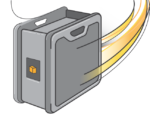 large amount of data in and out of AWS.
large amount of data in and out of AWS.
 AWS Snowmobile is an exabyte-scale data transfer solution for moving an extremely large amount of data to AWS. Snowmobile makes the transfer of massive volumes of data easier.
AWS Snowmobile is an exabyte-scale data transfer solution for moving an extremely large amount of data to AWS. Snowmobile makes the transfer of massive volumes of data easier.
Now that you know everything about AWS and AWS Migration let me show you a case in which you will be migrating a virtual OS from my local machine to AWS Cloud.
You will be migrating an on-premise Virtual OS running on VMWare to AWS using Import/Export (AWS Direct Connect) method.
Pre-requisite
1. Create a .vmdk export file for Ubuntu 14.04.
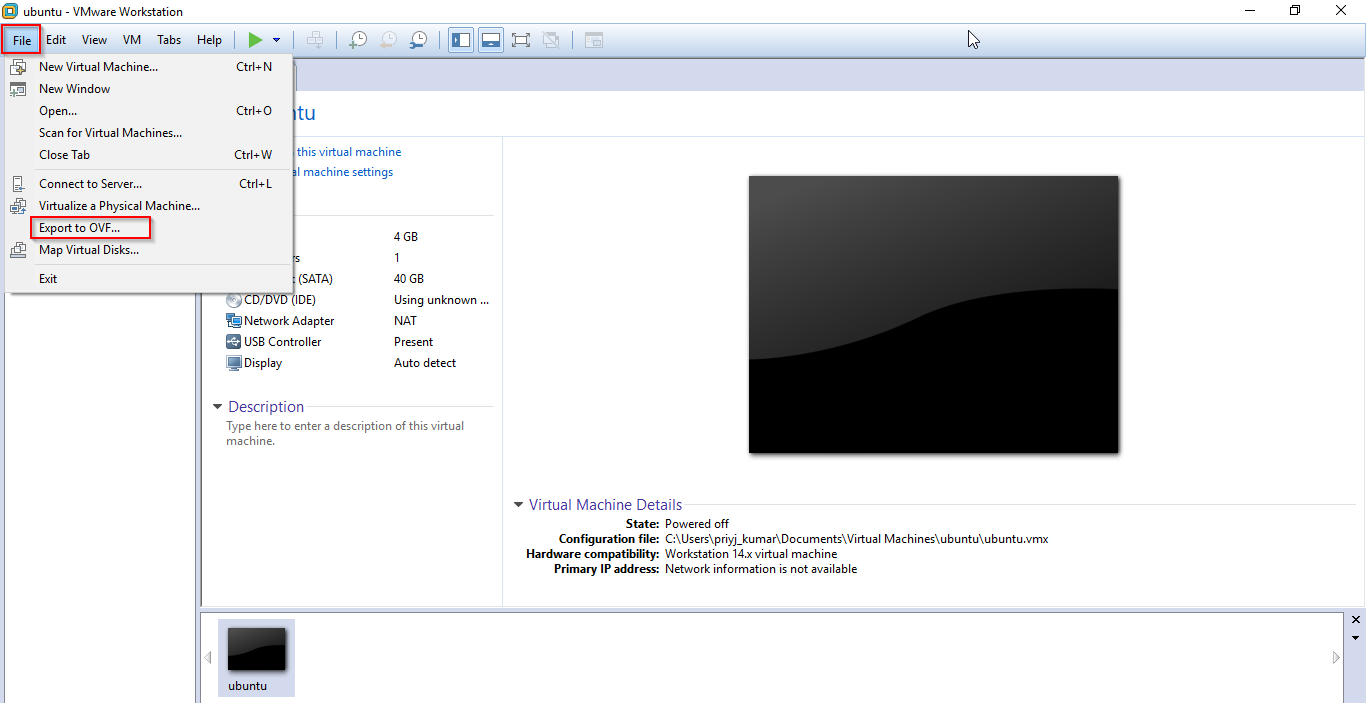
2. Download & configure AWS CLI.

3. Create an IAM User.

Now click on “Add User”.
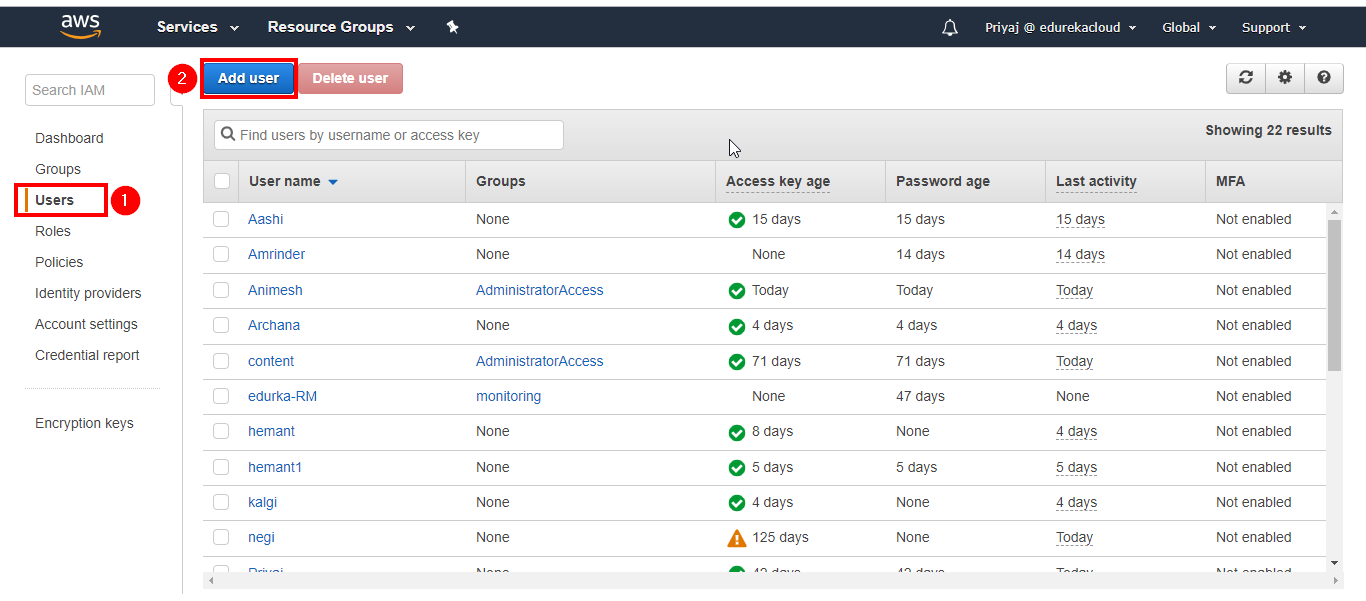 Next, select a unique User name.
Next, select a unique User name.
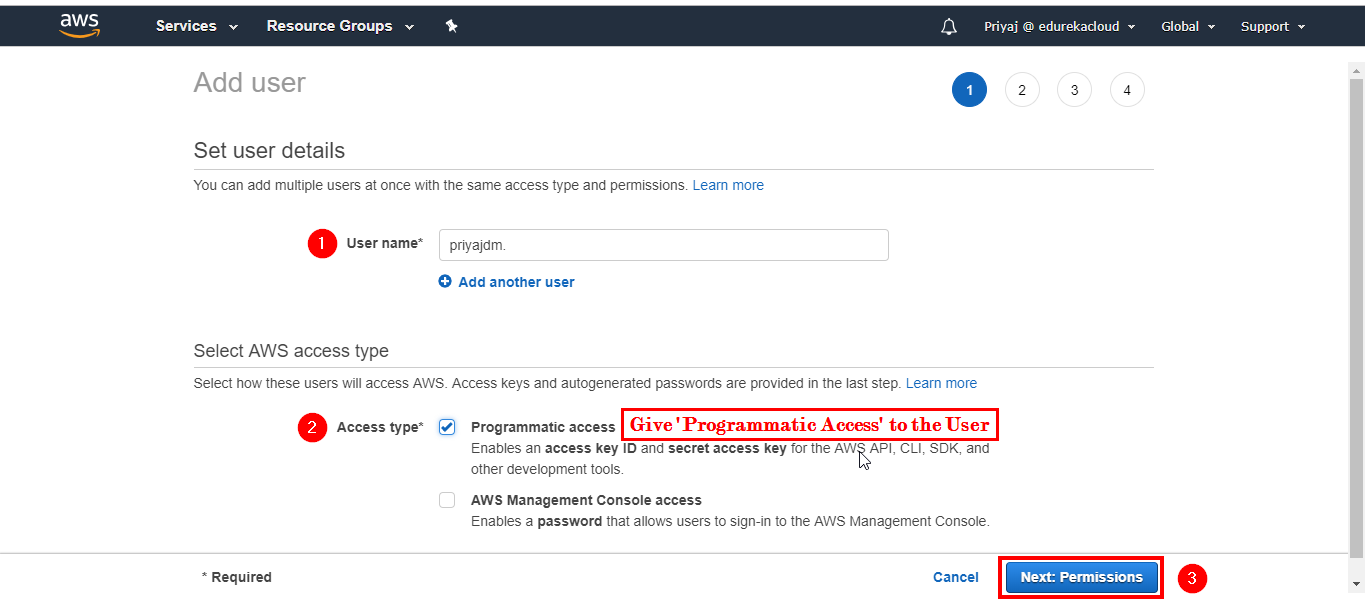
Now give Administrator access.
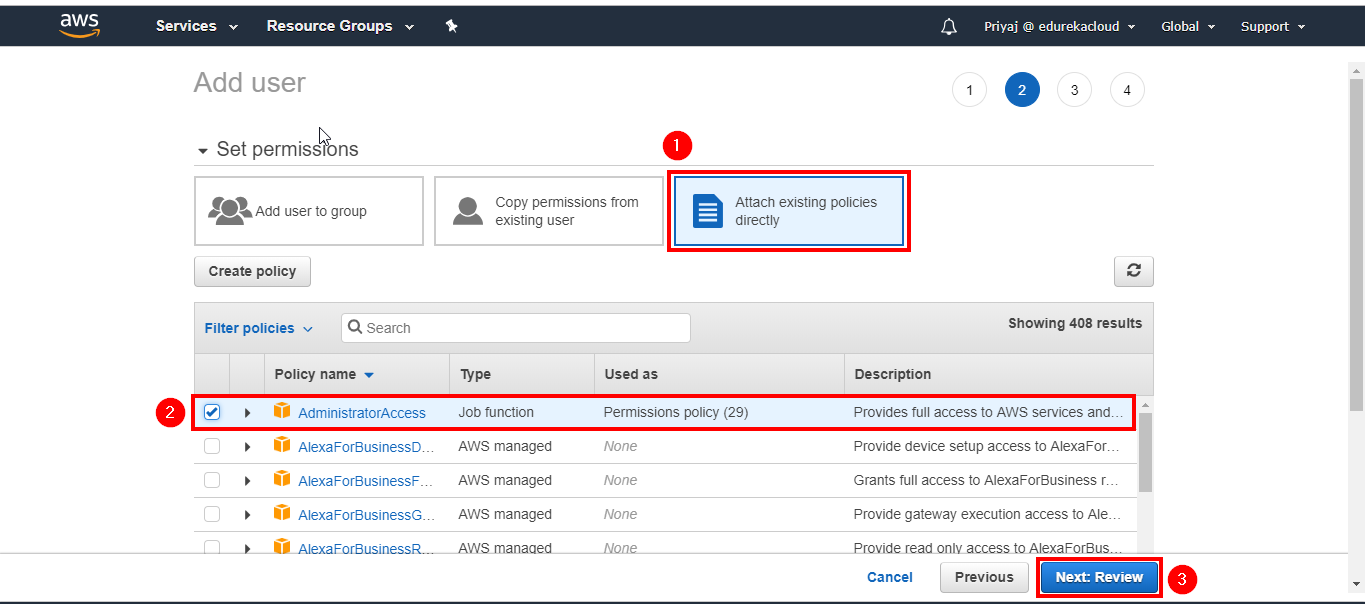
Click on Create User.

4. Create an S3 bucket and add file(image file of the OS).

Select a unique Username.
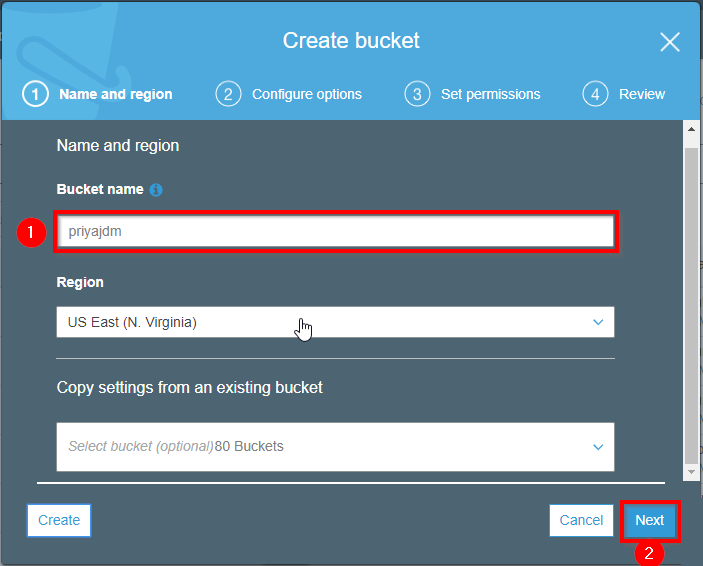
Review and Create Bucket.

Add the exported .vmdk file.
 Click on Upload.
Click on Upload.
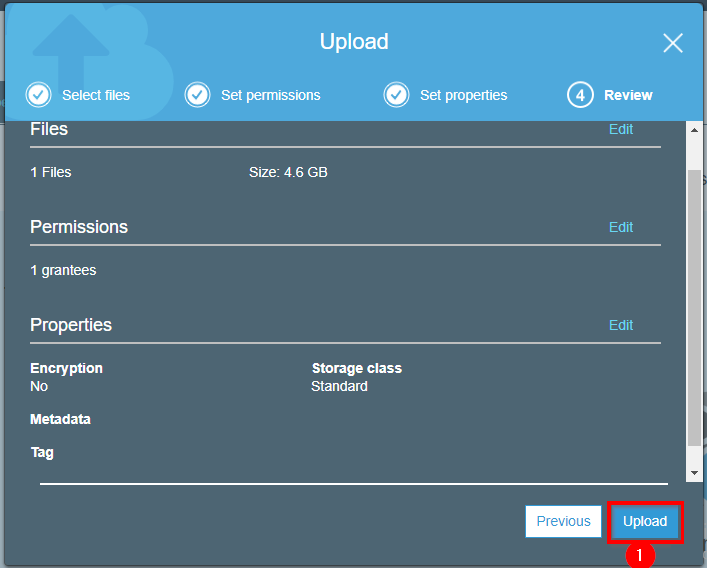
Wait till the image reflect on the list.

5. You can upload the file using AWS CLI also.

6. Once the file is uploaded, create an AMI in AWS for the imported image file.

Your image is now available as an AMI.

7. You can run the AMI created in two ways:-
7 (a). Using CMDER :
Copy the connection string and paste it into the CMDER Console. It will take a few minutes to connect, and then you will open Ubuntu 14.04.
7 (b). Using Putty :
Configure the .pem file in your Putty and provide the username and the connection string. It will show initializing, and a few minutes later, you will be on Ubuntu 14.04.
In this way, we have successfully migrated a virtual OS on AWS. I hope you enjoyed reading this AWS Migration article.
Do you have a question for us? Please mention it in the comments section of ”AWS Migration,” and we will respond to you.
 Thank you for registering Join Edureka Meetup community for 100+ Free Webinars each month JOIN MEETUP GROUP
Thank you for registering Join Edureka Meetup community for 100+ Free Webinars each month JOIN MEETUP GROUPedureka.co